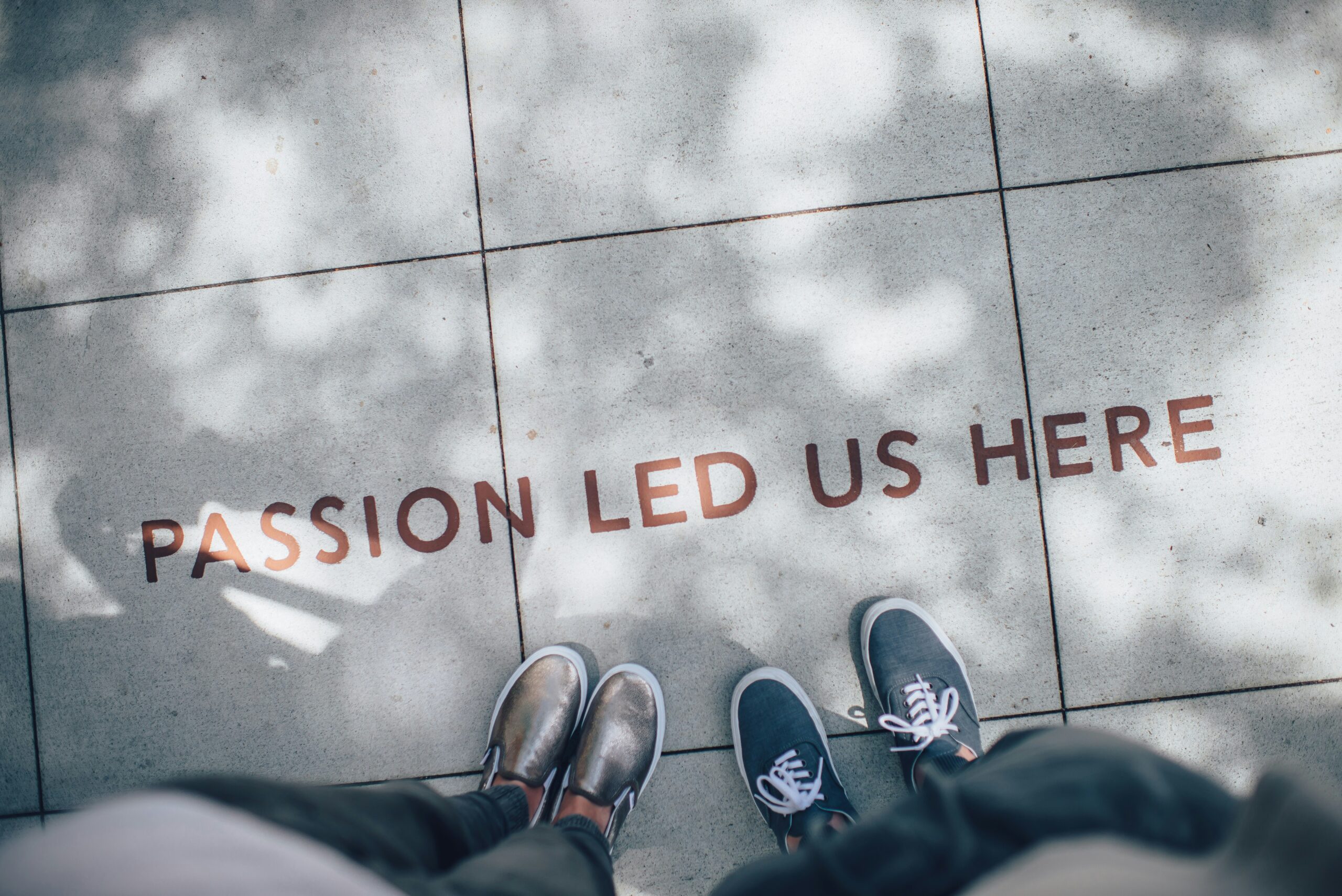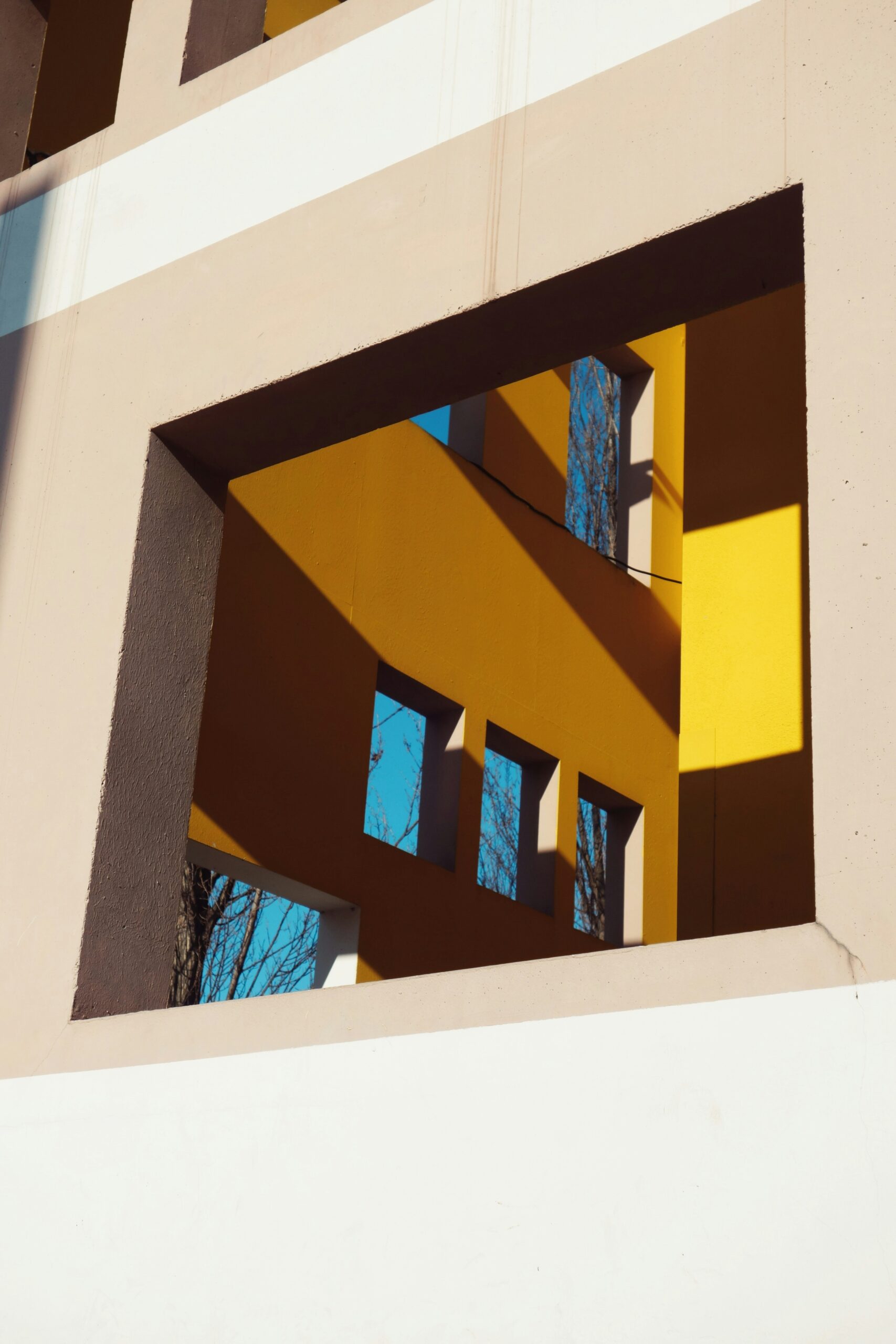The Evolution of Art in the Digital Age
Art has undergone significant transformations with the advent of digital technology, marking a pivotal shift in creative expression. Prior to the digital revolution, artistic movements such as Impressionism and Cubism focused on traditional mediums like painting and sculpture. Artists relied heavily on tangible tools—brushes, canvases, and clay—to convey their visions. However, the introduction of digital technology has broadened the landscape of artistic creation, enabling artists to explore innovative avenues of expression.
The emergence of graphic design software, digital painting applications, and 3D modeling programs has dramatically altered how art is produced and perceived. Artists can now manipulate their creations with precision and ease, leading to a fusion of technology and creativity. For instance, tools like Adobe Creative Suite and Procreate have empowered artists to create intricate illustrations that were previously unattainable with traditional means. These digital platforms offer features that enhance color, texture, and layering, offering a new dimension to artistic practices.
Moreover, the proliferation of social media and online platforms has revolutionized how art is shared and consumed. Platforms such as Instagram, Pinterest, and DeviantArt allow artists to showcase their work to global audiences instantaneously. This democratization of visibility has enabled emerging talents to gain recognition and establish a following, challenging the traditional gatekeepers of the art world. As a result, artists can engage with their audiences in real-time, receiving feedback and fostering a community that transcends geographical barriers.
In this digital era, the boundaries of art continue to expand, blending traditional techniques with modern innovations. The interplay of art and technology not only enhances creative possibilities but also redefines the relationship between artists and their audiences, paving the way for an exciting future in artistic exploration.
Artistic Collaboration with Technology
The intersection of art and technology has fostered a remarkable wave of innovation, reshaping how creative individuals approach their craft. Artists today increasingly collaborate with technologists, resulting in unique works that challenge conventional boundaries. Such interdisciplinary partnerships often lead to the creation of groundbreaking art installations that engage and immerse viewers in unimaginable ways. For instance, many artists now work hand in hand with software developers and engineers to fuse traditional artistic methods with cutting-edge digital innovations.
One notable example of this collaboration is the integration of augmented reality (AR) and virtual reality (VR) into art installations. Through AR, artists can overlay digital elements onto the physical world, allowing spectators to interact with their surroundings in dynamic ways. VR goes a step further, providing a wholly immersive experience where users can explore entirely fabricated environments, blurring the lines between reality and illusion. Projects like “The Night Cafe,” which uses VR technology to recreate Vincent van Gogh’s iconic painting, exemplify how artists transform static works into interactive experiences that resonate with contemporary audiences.
Another emerging discipline involves the use of artificial intelligence (AI) in the creative process. Artists leverage machine learning algorithms and neural networks to generate original pieces or to collaborate with AI systems in real time. A notable case is the project “Edmond de Belamy,” where an AI generated a portrait that was later auctioned at Christie’s, prompting discussions surrounding authorship and the role of the artist in the age of technology. These case studies illustrate how artistic collaboration with technology not only redefines creativity but also opens doors to new forms of expression, inviting audiences to engage with art in innovative ways.
The Role of Artificial Intelligence in Artistic Creation
Artificial intelligence (AI) has emerged as a transformative force in the realm of artistic creation, reshaping traditional notions of creativity. Through complex algorithms and neural networks, AI systems can generate artwork that mimics human styles or even combine multiple influences to produce original pieces. This intersection of technology and art invites a re-examination of what it means to be a creator, as AI-generated art raises questions about authorship, intent, and the essence of artistic expression.
Notable projects demonstrating the potential of AI in art include the work of generative adversarial networks (GANs), which have gained recognition for their ability to create stunning visual compositions. For instance, in 2018, an AI-generated portrait sold at auction for over $432,000, signaling a shift in how society perceives the legitimacy of machine-produced creations. This event sparked widespread debate, as art critics and enthusiasts grappled with the implications of AI on the art world and the definition of creativity itself.
Moreover, AI’s role in art extends beyond mere imitation. The use of machine learning allows for innovative techniques that can enhance the creative process for human artists. Many creators now utilize AI-driven tools to experiment with new styles or overcome creative blocks, positioning AI as a collaborative partner rather than a rival. However, this partnership raises ethical considerations regarding authorship, as emerging questions about who is credited for AI-assisted artworks proliferate in discussions among artists and scholars alike.
The ongoing discourse surrounding AI-generated art challenges the established boundaries of the art community, inviting diverse perspectives on the future of creativity in a technology-driven world. As the dialogue continues, a nuanced understanding of AI’s role may emerge, ultimately redefining both art and artist in ways previously unimagined.
The Future of Art and Technology: Trends and Predictions
The intersection of art and technology is set to undergo transformative changes in the coming years, reshaping the way art is created, distributed, and consumed. As we venture into this future, several key trends are emerging that will define the relationship between these two realms. One of the most significant advancements is the utilization of blockchain technology. This innovative system offers a secure method for verifying ownership of artworks, which is particularly pertinent as concerns around authenticity and provenance grow in the digital age. By leveraging blockchain, artists can establish a transparent record of ownership, thereby protecting their intellectual property and ensuring fair compensation.
Additionally, the rise of digital art forms, including the popularization of non-fungible tokens (NFTs), is revolutionizing the art market. NFTs allow artists to create unique digital works that can be bought and sold, introducing new revenue streams and greater visibility for creators. This trend not only empowers artists but also democratizes access to art, enabling a broader audience to engage with artworks that were previously confined to traditional galleries. With advancements in technology, artists can experiment with new mediums that blend creativity with innovation.
However, it is essential to consider the societal implications of these technological advancements. While increased accessibility to art is a positive shift, there exists a potential risk of over-dependence on technology in the creative process. Artists may find themselves relying on digital tools to the detriment of traditional techniques, which can lead to a diminishment of craftsmanship. Predictions for the next decade suggest a balancing act between embracing new technologies while safeguarding traditional art practices. Experts believe that artists will increasingly integrate these modern tools into their work, creating a rich tapestry of traditional and contemporary art forms that reflect the complexities of our evolving society.


